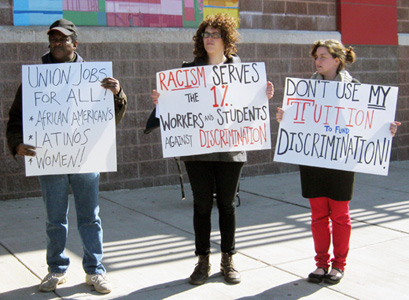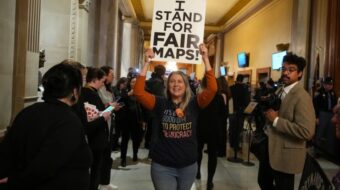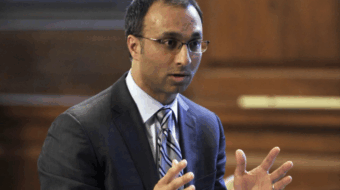
WASHINGTON (PAI)-For years, the U.S. Supreme Court has said employers are responsible for ensuring there is no racial or sexual harassment, discrimination on the job, or “racially hostile” environments and so are their supervisors, as their agents.
But who’s a supervisor? The lower courts have split on the issue, and the U.S. Supreme Court will tackle the problem on Nov. 26.
Maetta Vance, the only African-American worker in her department at Ball State University in Muncie, Ind., went to court in 2006 after a racially charged environment erupted there.
The lower courts and the 7th U.S. Circuit Court of Appeals in Chicago threw her case out. Unlike other circuit courts that have ruled on the issue, the judges in Chicago said that unless a superior has the power to hire, fire or discipline a worker, the superior – even if he or she could order Vance around – is not a supervisor.
Other circuit courts have ruled such a superior is a supervisor, even without the power to hire and fire. Vance agrees, and so do the National Partnership for Women and Families (NPWF) and the pro-worker National Employment Law Project (NELP). Both have taken her side in appealing the lower court rulings to the High Court. Unions have not filed briefs in the case. Business, led by the Chamber of Commerce, sides with Ball State against Vance.
“By relieving employers of responsibility for the behavior of direct supervisors, the standard adopted by the 7th Circuit fails to comport with the realities of the workplace because it ignores the crucial role of direct supervisors,” NPWF says.
“Direct supervisors have the greatest practical ability to create a hostile work environment. Their positions of authority within their organizations enable them to set the tone for other employees. While co-worker harassment can create an egregious and unlawful hostile work environment, workers generally perceive harassment by a supervisor differently.
“The 7th Circuit’s standard diminishes accountability for harassment by direct supervisors and contravenes the purposes of” federal civil rights laws, NWPF says.
“Supervisors, even acting outside the scope of their employment, are aided in their harassment by the authority the employer has given them,” NELP said. “An employee given the power to direct another employee’s day-to-day activities and uses that power to harass an employee is functionally the same as a supervisor with hiring and firing power who engages in sexual harassment but does not take tangible action,” such as firing.
Photo: At a February diversity demonstration in Pennsylvania. People’s World










